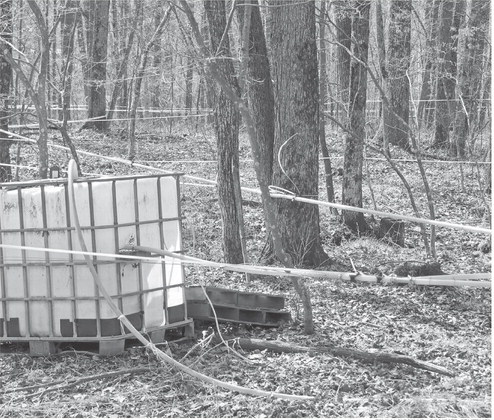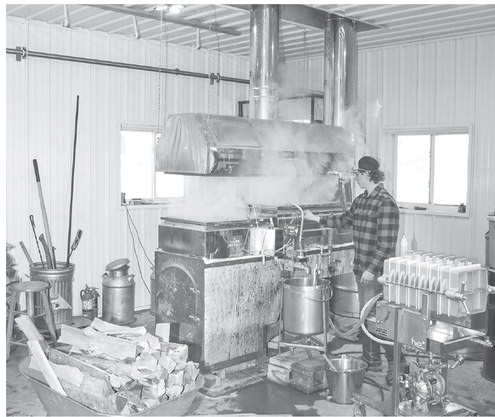School just this spring


School just this spring, is the brains behind the whole thing. He first began at five or six years old, then really got serious about production before he was even in high school.
“When I was younger, I always looked forward to doing it after school, going to Grandma and Grandpa’s, and gathering sap,’’said Wyatt. “First thing I’d do, is run to the house, Grandma always has doughnuts or something ready.”
Making maple syrup is something that runs in the family. It was Wyatt’s paternal grandfather, George Wellner, who taught him, then Wyatt’s father, Mark Wellner, shared his knowledge. Wyatt has also helped mentor his cousin, who now is tapping trees on his own.
“I did it ever since I was eight years old,” said George. “I never really got out of it, I think. It was work, but it was fun.”
Of course, things were a little different then, when George worked for Marley Dahm, with 10,000 taps running, and horses and sled used for gathering. George sometimes went for days, with no sleep at all.
“This time of year, there’s no sleeping,” agreed Wyatt. “It’s a lot of late nights and early mornings.”
Maple syrup making is not a one-man operation, by any means, which means you have to a good crew behind you, to keep up with production. The season begins each spring, anywhere from February to April, de-


